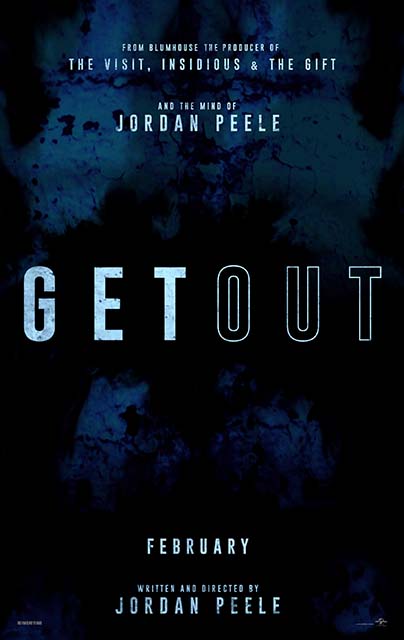When there are African-Americans cast in a horror film, they are usually a secondary character who, more often than not, dies first. With Jordan Peele’s “Get Out,” the tables turn and the black character is not only the protagonist, but the lone survivor.
False sense of security
“Get Out” has drawn high praises throughout notable critic circles, including the elusive 100 percent on Rotten Tomatoes. The film even earned the largest revenue at the box offices last week. Yet, not everyone loves the hype due to the anti-white propaganda it allegedly presents.
It seems obvious why many traditional white viewers could get upset when viewing this film, as all the white characters die in the end.
Unfortunately for those critics, “Get Out” does not just aim for the jugular of the blatant racists but the moderate liberals as well.
“I wanted this film to explore the false sense of security one can have with the, sort of, New York liberal type,” Peele said in an interview with The Washington Post.
An elusive operation
Peele sets out to criticize this safe liberalism. Peele employs Rose’s parents as stereotypical white progressives who “would have voted for Obama a third time, if they could have,” a platitude many have used as a crutch to disguise their white guilt. Peele urges his audience to comprehend these color blind individuals as one of the key contributors in perpetuating racism in the United States.
No matter how sympathetic people may seem, no matter how open-minded some may appear, racism continues to elusively operate in passive micro-aggressions. Akin to the circles of evangelical, white conservatives, complacent liberals tend to use artificial compassion, ignorance of color and denial of the corrosive racial history in America in order to validate themselves as “not-racist.” Peele effectively captures the essence of this demographic and sets out to criticize that in “Get Out.”
Eye-opening critique
In all honesty, the “anti-white” element may not be the best message to spread. Nonetheless, its controversial approach to racial issues provides an eye-opening critique of the complacency inherent in moderates.
Preceding 2016, filmmakers have debased African Americans in order to fit their constructed African-American mold. They have been casted as slaves, Jim Crow-era figures, drug dealers and even misogynists. “Get Out” flips the script on white Hollywood and white America.
In an interview with L.A. Times, Daniel Kaluuya, who plays the movie’s main protagonist, said, “You get paranoid and you can’t talk about [racism]. You can’t voice it. No one around you gets it, so you can’t speak about it. And in the end it just comes out in a rage.”
This film does not limit its purpose to debasing the white race. It ultimately seeks to draw attention to some of the emotions felt about a “post-racial” society.
Jordan Peele’s “Get Out” in a nutshell is anti-racism propaganda for vigilantes and nihilists — nevertheless, it is a cognitive thriller with hints of satire pointing a knife at the racial tautness that reverberates throughout America.
Behind its bold social undercurrents, Peele dazzles with an unexpected artistry, blending the lines of horror and comedy seamlessly. Peele overuse of the jump-scare does hinder the film’s tone, yet the sudden thrills holds the viewer in a claustrophobic trance.
“Get Out” represents a cathartic reflection of the horrible aspects of life. The terror in this film does not lie within the jumpscares, blood or murder. The real horror is the racism still existent today.







